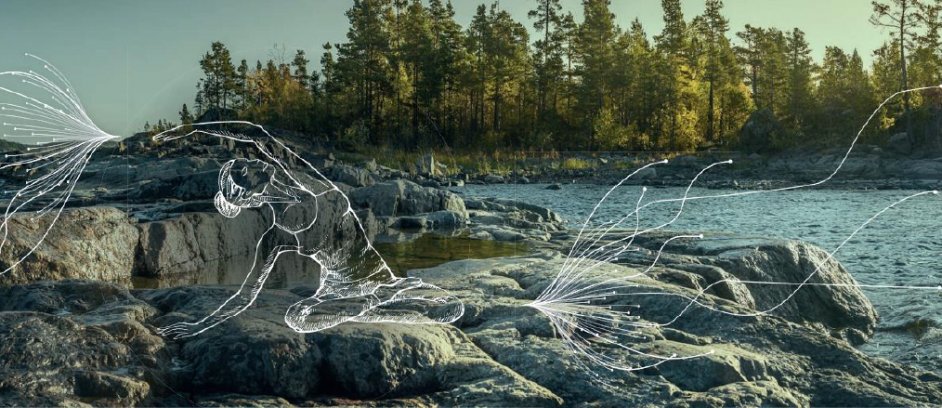
Bali extends Comfort Revolution EasyLite collection
Seeking alternatives to single-use products with higher performance.

28th September 2022
Knitting Industry
|
Dornbirn, Austria
Following its work with Berlin-based design studio Sumo on the award-winning absorbent washable diaper combining woven and nonwoven fabrics, Kelheim Fibres has been exploring the potential of new period panties based on knitted structures.
At the recent Dornbirn Global Fibers Conference (GFC) in Austria, the company’s new business development project leader Natalie Wunder explained that alternatives to single-use period products still often contain up to 90% non-biodegradable components, with synthetic fibres like polyurethane in their backsheet which during washing can cause microplastic emissions.
To maintain performance, the products are often also only washable at 40°C and to compensate for the hygienic disadvantage, biocides are frequently used.
“Good performance can only be achieved by compromising on comfort and sustainability and high performing products can have a weight of up to 70 grams with a thickness of 7mm,” Wunder said. “We think there’s a better solution with our viscose range and alternatives to nonwoven layers.”
Kelheim’s concept for sustainable period panties that can be washed at higher temperatures is based on a four-layer knitted structure, with the topsheet produced with perforated tucks based on the company’s Danufil standard viscose fibres which have a cloud-shaped cross section.
For the acquisition and distribution layer (ADL) a double piqué knitted structure is proposed, incorporating Galaxy fibres with trilobal cross-sections to provide effective liquid distribution.
The absorbent core is a pile-loop knit for improved absorption including Bramante hollow fibres which are ideal for liquid storage, even under pressure.
Various fibre blends and structural options are being explored for the backsheet, and seams within the absorbing area further improve leak proofing while being invisible on the outside of the structure.

Business intelligence for the fibre, textiles and apparel industries: technologies, innovations, markets, investments, trade policy, sourcing, strategy...
Find out more